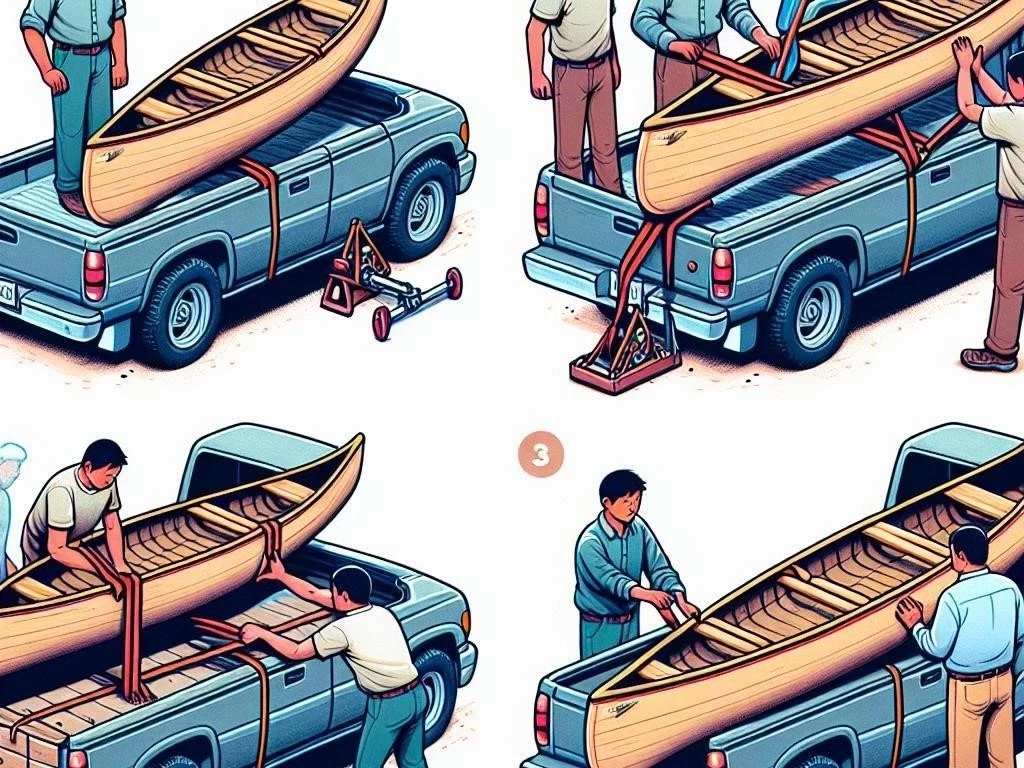Transporting a canoe in a truck requires careful planning, appropriate gear, and knowledge of safety regulations to ensure a successful outdoor adventure experience.
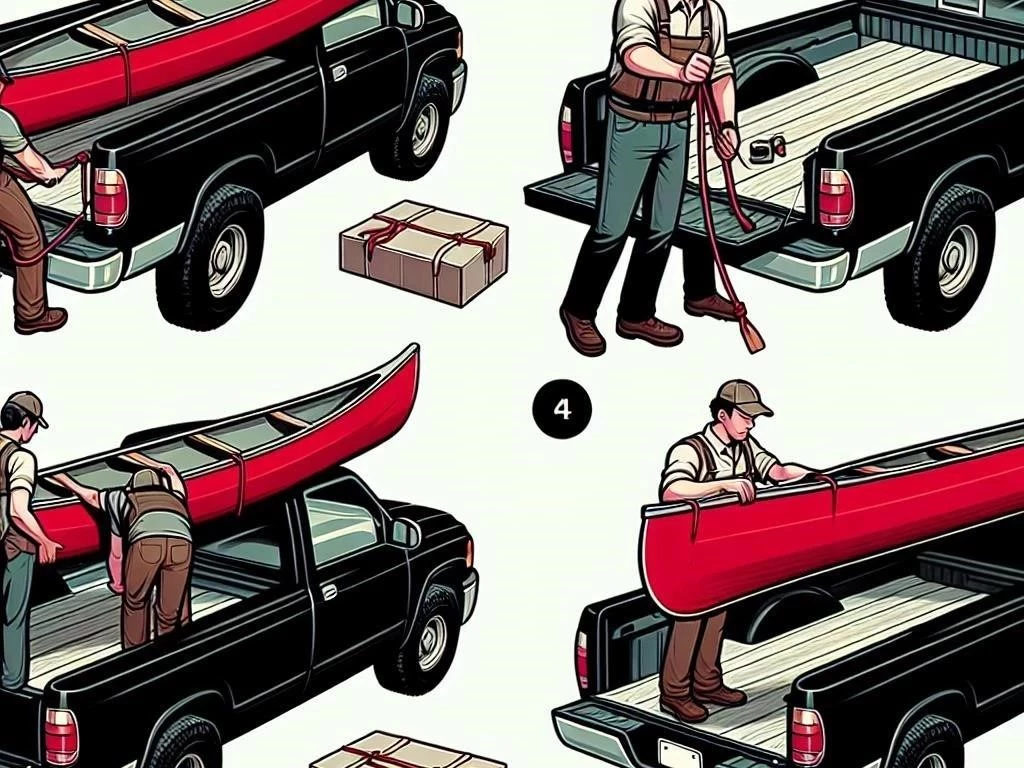
Choosing the Right Vehicle for Transporting Your Canoe
Selecting the appropriate vehicle for transporting your canoe is essential for a successful adventure. A truck is ideal due to its spacious bed, which offers ample room for loading and unloading. Ensure your truck is equipped with durable crossbars and a roof rack for added stability. Lightweight canoes are easier to manage, and a vehicle capable of towing is beneficial for long trips. Always consider your canoe’s weight when choosing a vehicle.
Essential Canoeing Accessories for Safe Transport
To ensure safe transport of your canoe, essential accessories include a sturdy roof rack and crossbars for secure mounting. Tie-down straps are vital for securing the canoe to the vehicle, preventing movement during travel. Padding can protect both the canoe and truck from damage; Additionally, carrying lightweight canoeing accessories is beneficial for convenience. Always check your equipment prior to departure to ensure everything is in working order for a smooth journey.
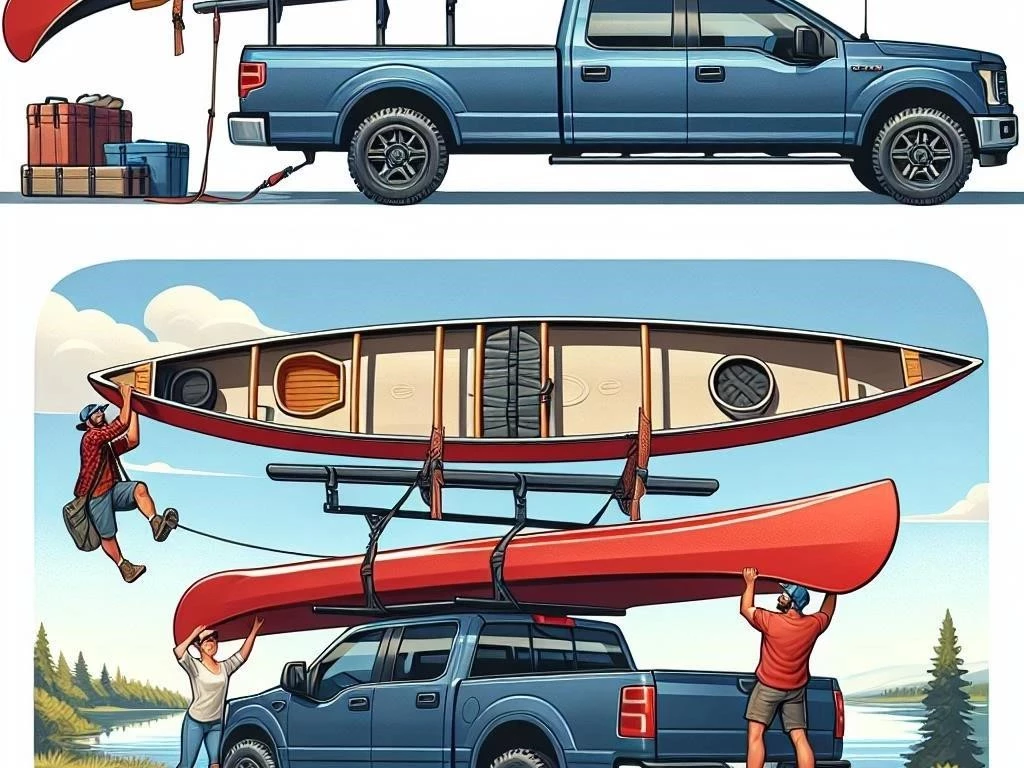
2.1 Roof Racks and Crossbars

Roof racks and crossbars are essential for securely transporting your canoe on a truck. They provide a stable platform, ensuring proper weight distribution. Choose a lightweight, durable roof rack that fits your vehicle’s specifications. Crossbars should be adjustable to accommodate various canoe widths and allow easy loading and unloading. Always check for compatibility with your truck model and follow manufacturer guidelines to ensure safety and stability during your outdoor adventures.
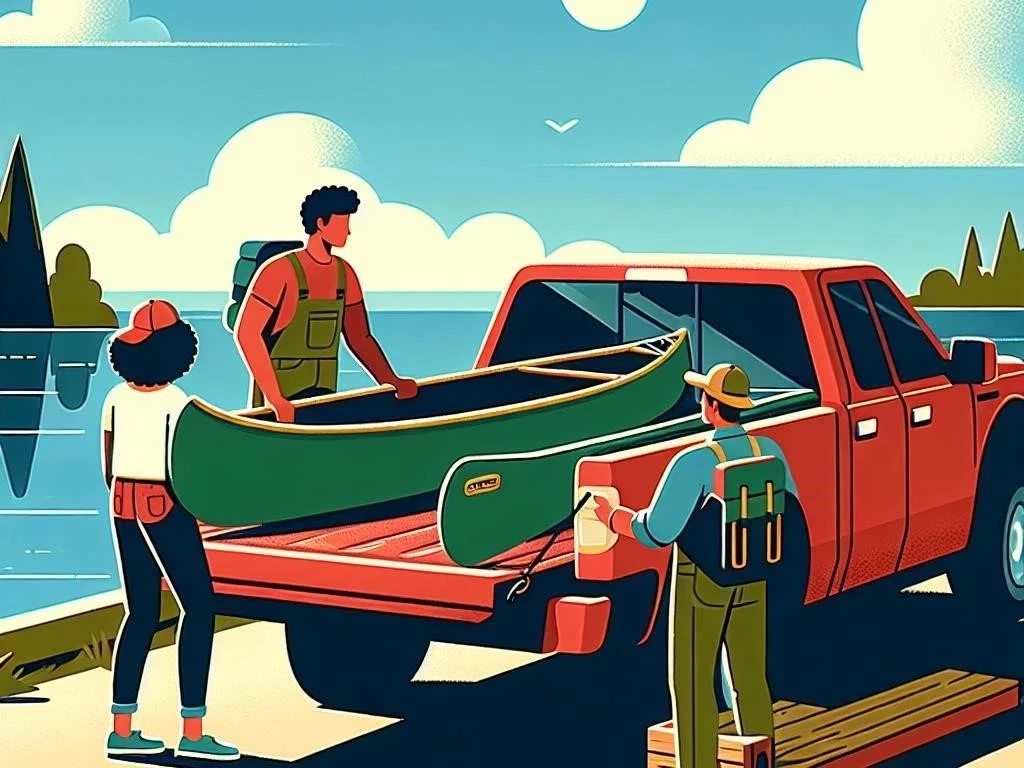
2.2 Tie-Down Straps and Padding

Using high-quality tie-down straps is crucial for securing your canoe during transport. They should be durable and capable of withstanding varying weather conditions. Incorporating padding between the canoe and the truck will prevent scratches and damage. Use foam blocks or towels to provide cushioning. Ensure the straps are tight but not overly constrictive, allowing for slight movement while maintaining stability. This combination will enhance safety and protect your outdoor gear during travel.
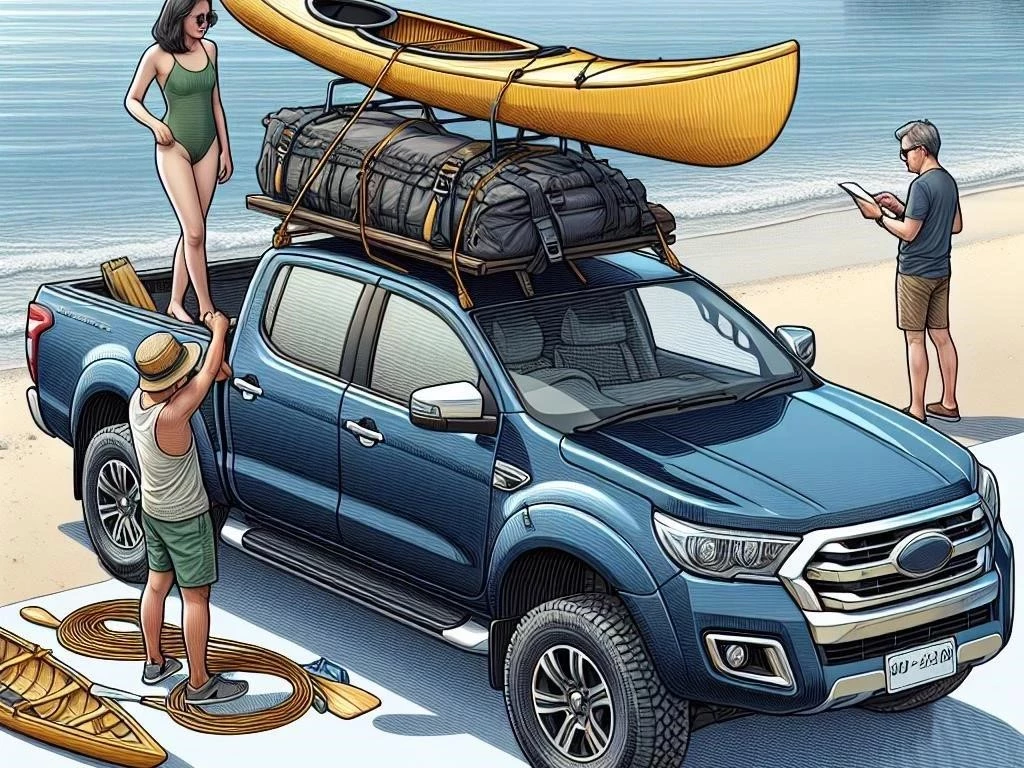
Preparing Your Canoe for Transport
Before transporting your canoe, ensure it is clean and free of debris to prevent damage during travel. Check for any cracks or wear that might affect stability. Remove any loose accessories or gear, as they can shift while driving. If possible, disassemble any removable parts for easier loading. Finally, consider applying a protective wax to the canoe’s surface to enhance durability and safeguard against environmental elements during your outdoor adventures.
3.1 Loading the Canoe onto the Truck
When loading the canoe onto the truck, start by positioning it near the tailgate for easy access. Utilize a partner for assistance, ensuring safety during the process. Lift the canoe at its center for better balance, tilting one end onto the truck bed or roof rack. Carefully slide or lift it into place, ensuring it fits snugly. Once in position, use tie-down straps to secure it firmly, preventing movement during your journey.
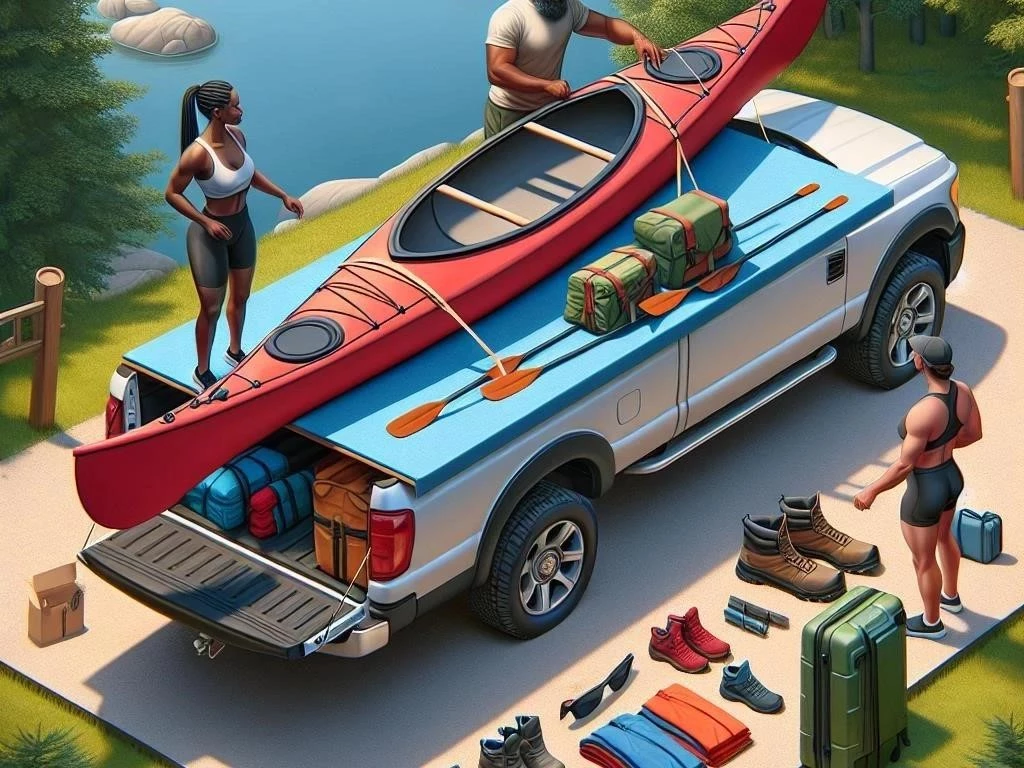
3.2 Ensuring Stability and Security
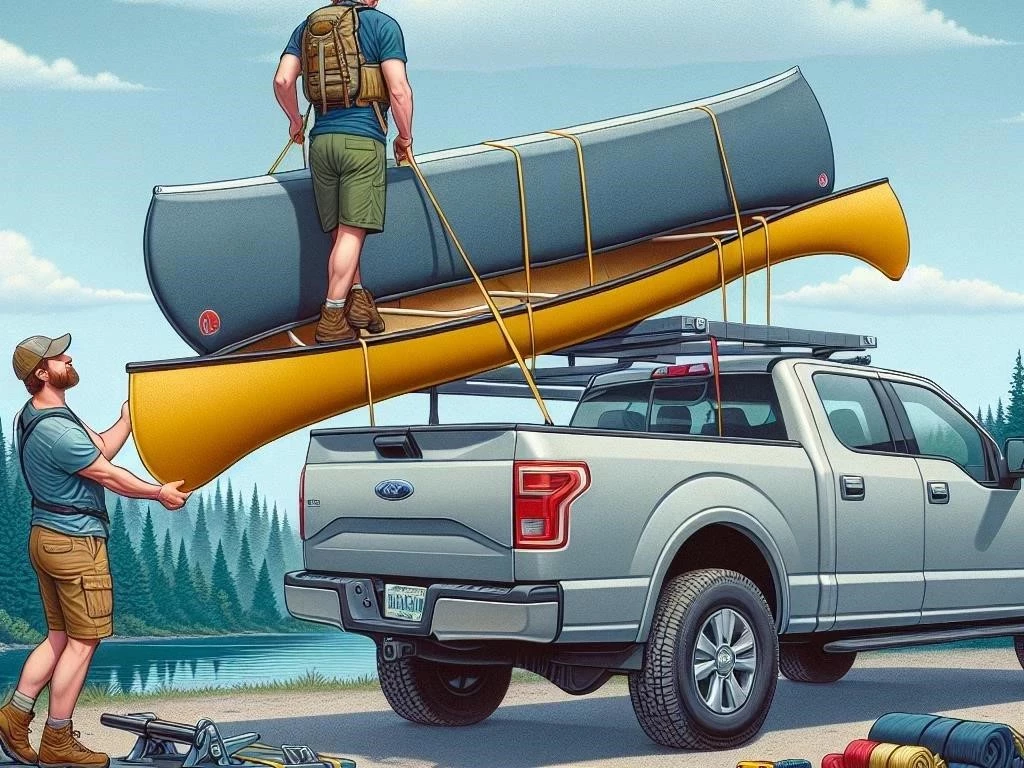
To ensure stability and security while transporting your canoe, first verify that it is centered on the truck bed or roof rack. Adjust the tie-down straps to eliminate any slack, making sure the canoe is firmly anchored. Use crossbars for added support, distributing weight evenly. Regularly check the straps during travel to prevent loosening. Always prioritize safety to avoid accidents, keeping your canoe secure throughout your outdoor adventures and excursions.
Techniques for Securely Hauling Your Canoe
To securely haul your canoe, start by utilizing quality tie-down straps that are durable and weather-resistant. Employ a crisscross pattern for securing the canoe, enhancing stability during transport. Ensure the straps are tightly fastened without causing damage to the canoe’s surface. Additionally, regularly check for any signs of movement while driving. Taking these precautions will ensure a safe journey, allowing you to focus on your adventure and enjoy your outdoor activities.
4.1 Proper Knot Techniques for Tie-Downs
Using proper knot techniques is essential for securing your canoe effectively. The bowline knot creates a fixed loop, providing a secure anchor point for tie-downs; The trucker’s hitch is excellent for tightening straps, ensuring your canoe remains stable during transport. Practice tying these knots before your trip to ensure efficiency. Always double-check your knots for security after loading, as this will help prevent accidents and keep your canoe safely in place throughout your journey.
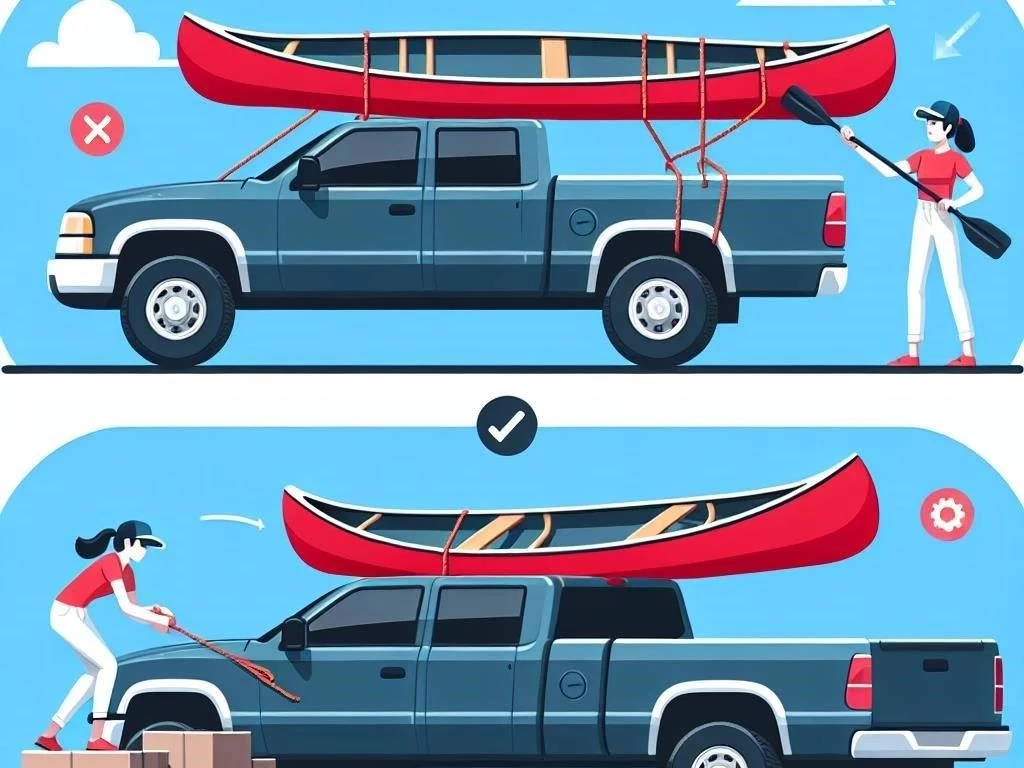
4.2 Positioning for Balance and Maneuvering
Positioning your canoe correctly is vital for balance and maneuvering while driving. Center the canoe on the truck bed or roof rack to distribute weight evenly. If using a roof rack, ensure the canoe is positioned parallel to the vehicle for optimal aerodynamics. Additionally, consider adjusting the angle of the canoe for better stability during turns. These techniques will enhance handling and minimize wind resistance, ensuring a safer transport experience on your adventures.
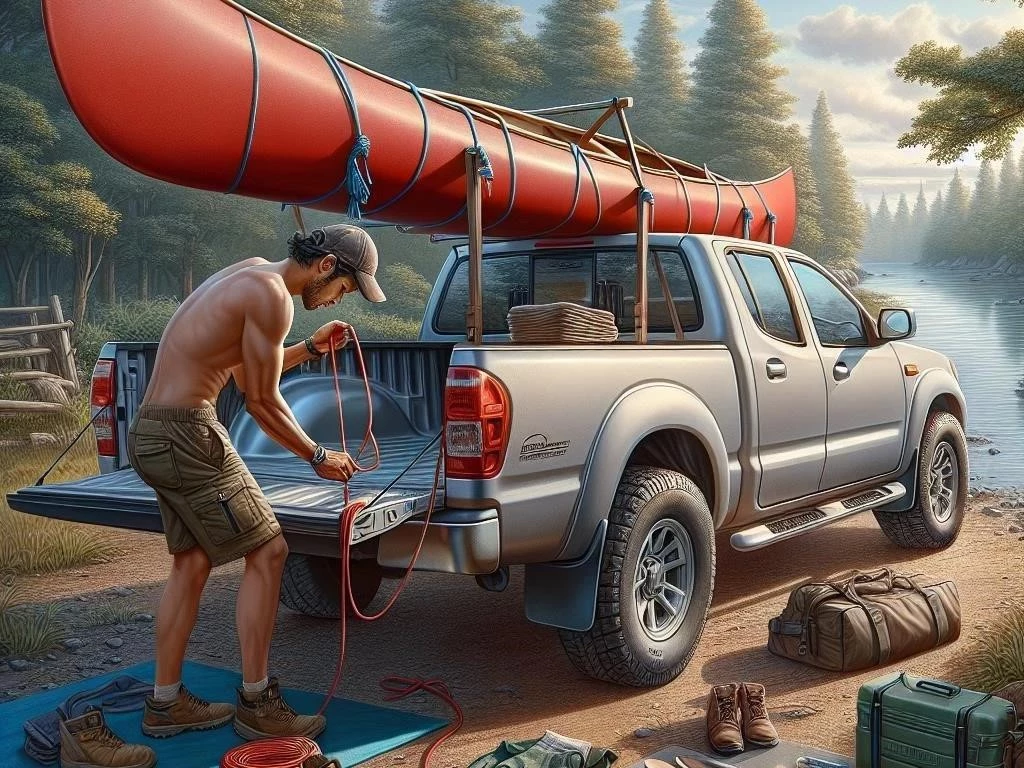
Safety Regulations and Tips for Transporting Your Canoe
Familiarizing yourself with safety regulations is essential when transporting your canoe. Check local laws regarding height and width restrictions for loads. Always use appropriate tie-downs and ensure visibility for other drivers. Additionally, consider using flags or markers to indicate the load’s dimensions. Regularly inspect your equipment throughout the journey. These precautions will help maintain safety on the road, ensuring both your canoe and vehicle remain secure during your outdoor adventures.

5.1 Local Laws and Regulations
When transporting your canoe, it’s crucial to understand local laws and regulations that govern vehicle loads. Regulations can vary by state or region, affecting height, width, and weight limits. Some areas may require permits for oversized loads, while others mandate specific safety features. Familiarize yourself with these laws to avoid fines and ensure compliance. Always check for updated regulations before your trip, as this will enhance safety and improve your overall transport experience.
5.2 Safety Tips for Travel

Prioritizing safety during travel is essential when transporting your canoe. Regularly check tie-down straps to ensure they remain secure throughout your journey. Drive at moderate speeds, especially on windy days, to maintain control. Keep an eye on your mirrors for any shifting of the load. Avoid sudden stops and sharp turns, as these can destabilize the canoe. Lastly, inform fellow travelers about your load to enhance safety and prevent potential accidents on the road.
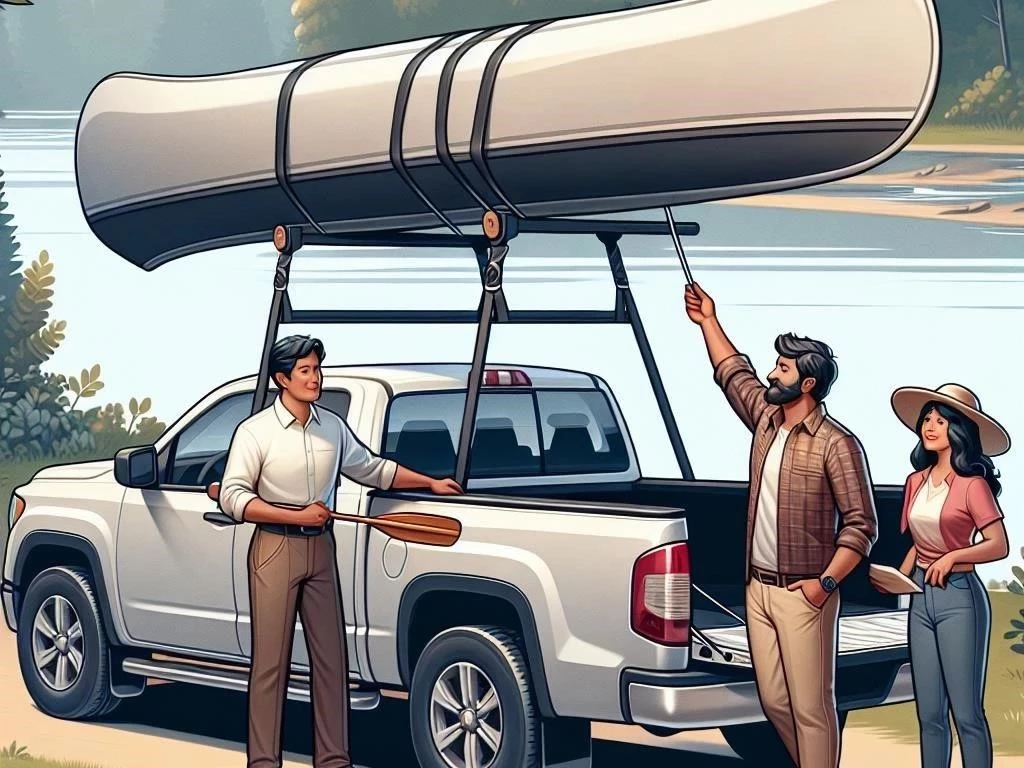
Unloading Your Canoe: Best Practices
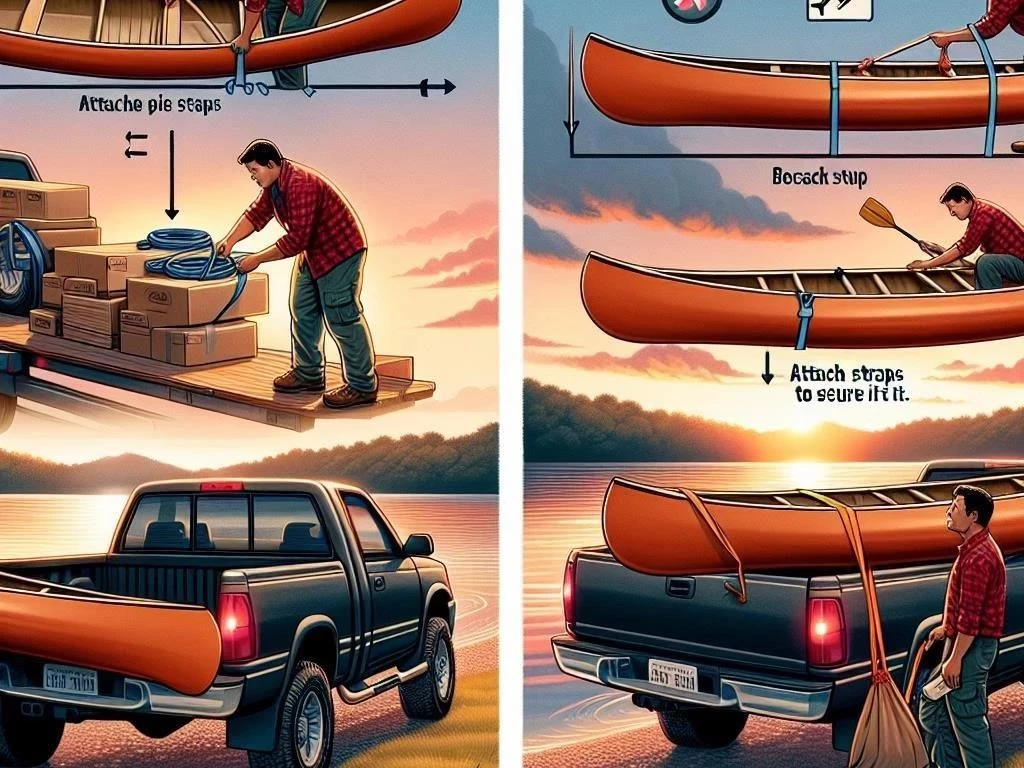
Unloading your canoe requires careful attention to prevent damage and ensure safety. Begin by securing the truck in a flat, stable area. Remove tie-down straps and check for any debris before lifting. Use a partner for assistance, especially if the canoe is heavy. Lift the canoe evenly from its center, placing one end down gently. Avoid dragging to prevent scratches, and always handle it with care to maintain its integrity for future adventures.

6.1 Techniques for Easy Unloading
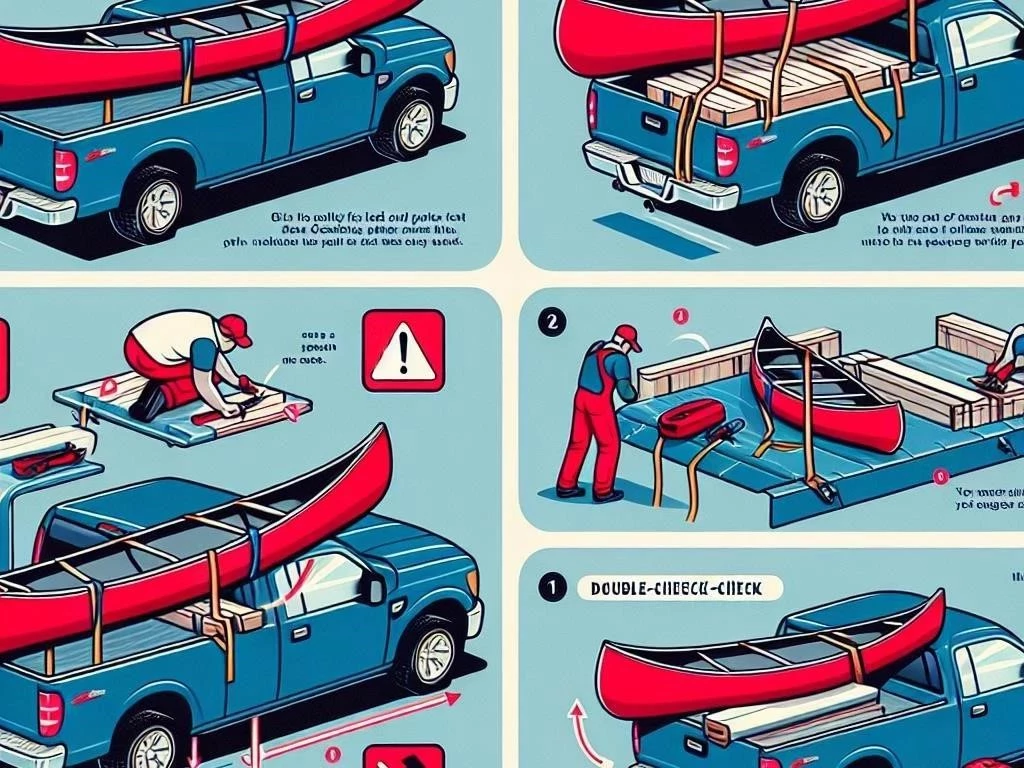
To make unloading your canoe easier, start by positioning the truck on level ground to ensure stability. Use a partner to help lift the canoe, facilitating a smoother process. Begin by tilting one end down towards the ground and sliding it off gently. Employ proper lifting techniques, bending your knees and keeping your back straight to avoid injury. Finally, place the canoe on padded surfaces to prevent damage during unloading and ensure safe handling.
6.2 Transporting Additional Outdoor Gear
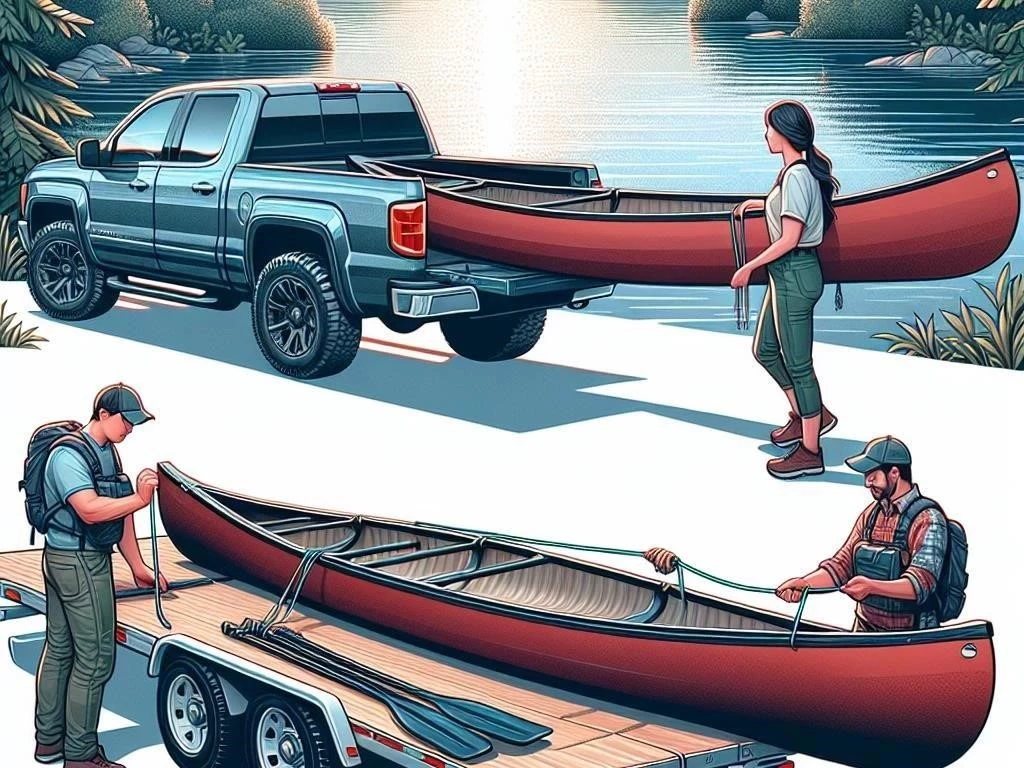
When transporting additional outdoor gear alongside your canoe, organization is key. Use waterproof bags to protect items from moisture, ensuring everything stays dry. Securely fasten larger gear, such as coolers or camping equipment, in the truck bed to prevent shifting during travel. Utilize tie-down straps to keep all items stable. Arranging gear efficiently will maximize space and maintain balance in the truck, allowing for a safe and enjoyable outdoor experience during your adventures.
Planning Your Adventure: Routes and Portage Considerations
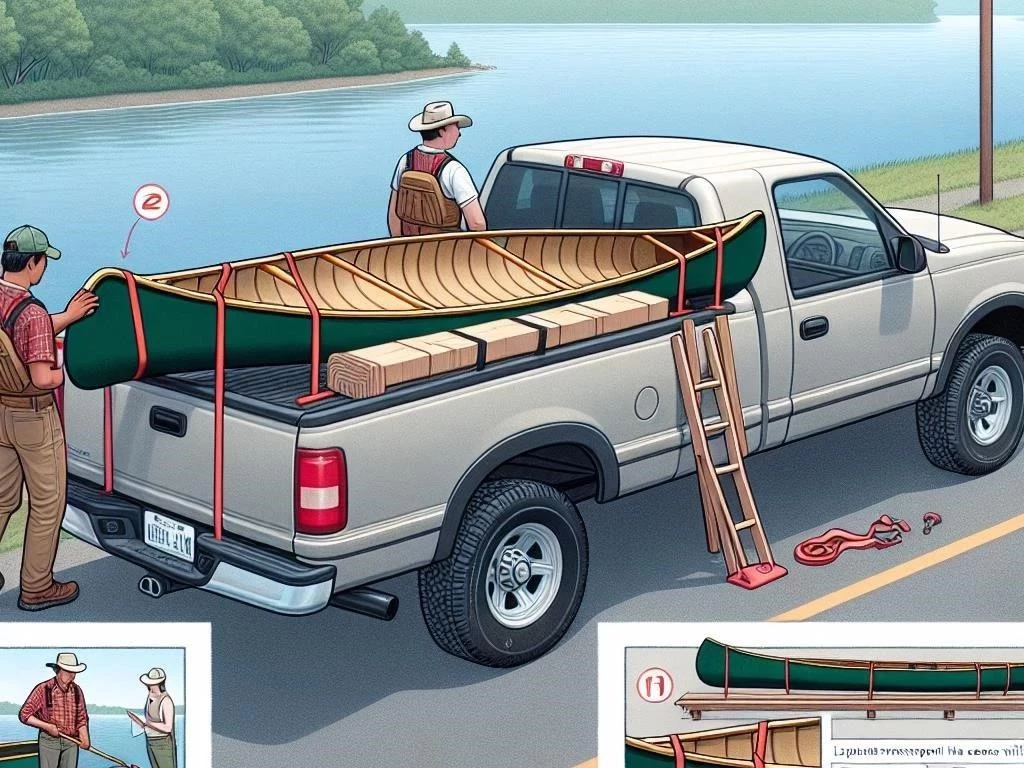
Planning your adventure requires careful consideration of routes and potential portage points. Research local waterways to identify suitable canoeing routes that match your skill level. Be aware of portage locations where you may need to carry your canoe overland. Check the conditions of these areas and assess their accessibility. Proper planning ensures a smoother journey, allowing you to enjoy your outdoor experience while minimizing challenges during transport and navigation along the water.
7.1 Best Routes for Canoeing
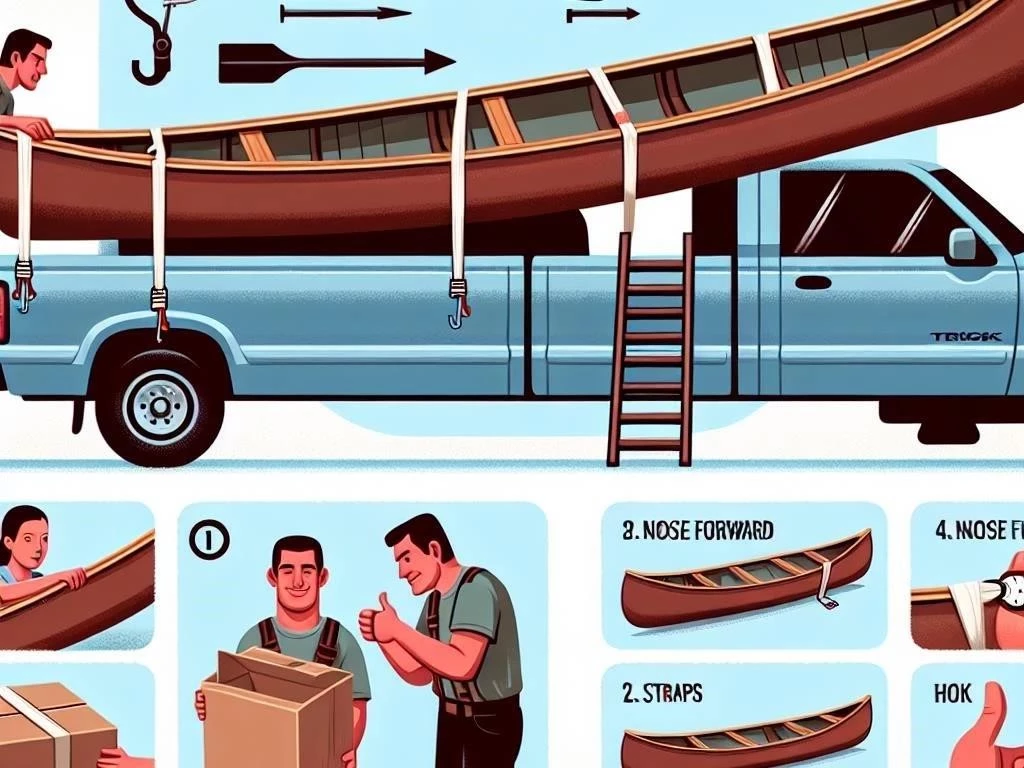
When selecting the best routes for canoeing, consider scenic waterways that offer both beauty and tranquility. Research local lakes, rivers, or coastal areas known for their canoeing opportunities. Look for routes with minimal obstacles, such as fallen trees or strong currents, ensuring a safe experience. Popular destinations often feature designated canoe trails, enhancing your adventure. Always check local conditions and recommendations to ensure your chosen route aligns with your skill level and safety requirements.
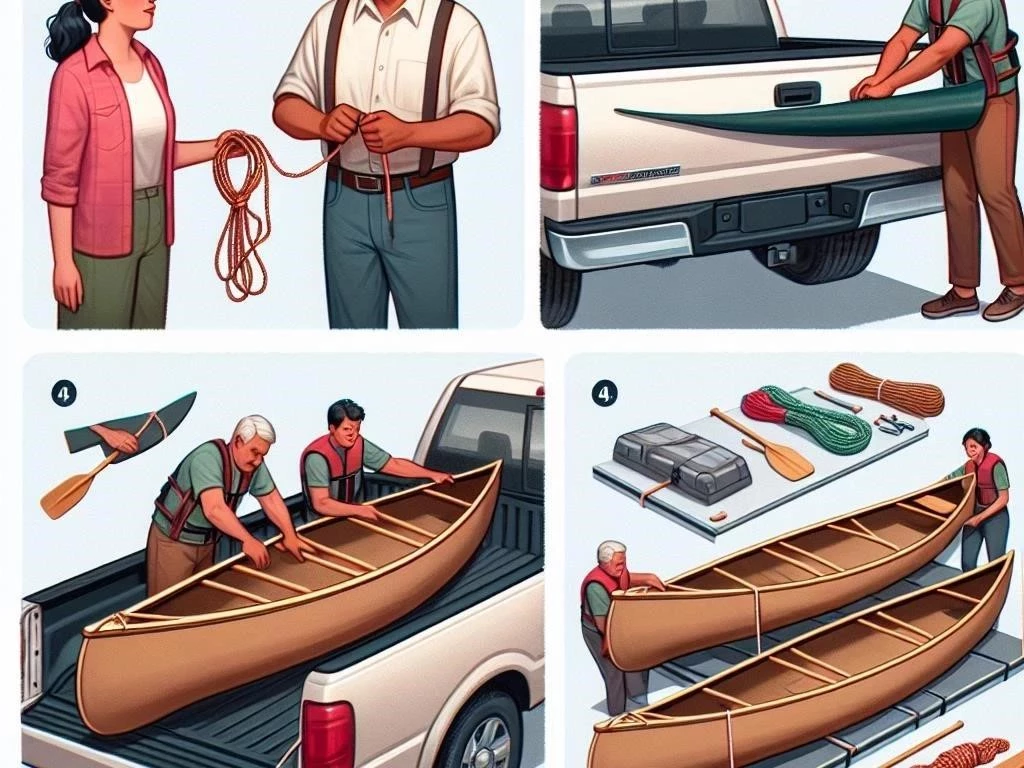
7.2 Portage Tips for Hauling Your Canoe
When portaging your canoe, proper techniques will make the process smoother and safer. First, secure all gear before lifting the canoe to avoid accidents. Use a padded yoke or shoulder straps for comfort while carrying; Coordinate with a partner to lift the canoe evenly, distributing weight effectively. Take frequent breaks, especially on longer portages, and remain aware of your surroundings to prevent tripping hazards. This will enhance your overall canoeing experience and safety.
Successfully transporting your canoe in a truck opens the door to unforgettable water sports adventures. By following proper techniques for loading, securing, and unloading, you can ensure a safe journey. Prioritizing equipment safety and understanding local regulations enhances your experience. Embrace the beauty of nature as you paddle through serene waters, exploring new routes and enjoying outdoor activities. With careful planning, your canoeing adventures will be both enjoyable and memorable.
